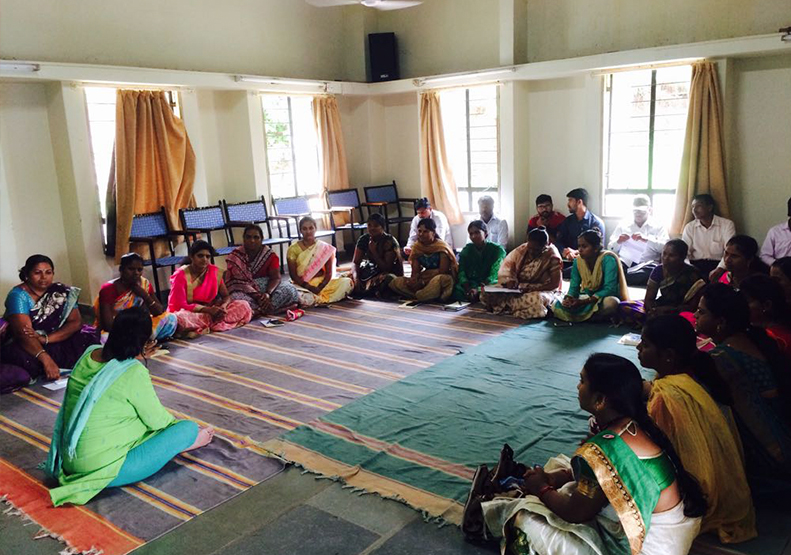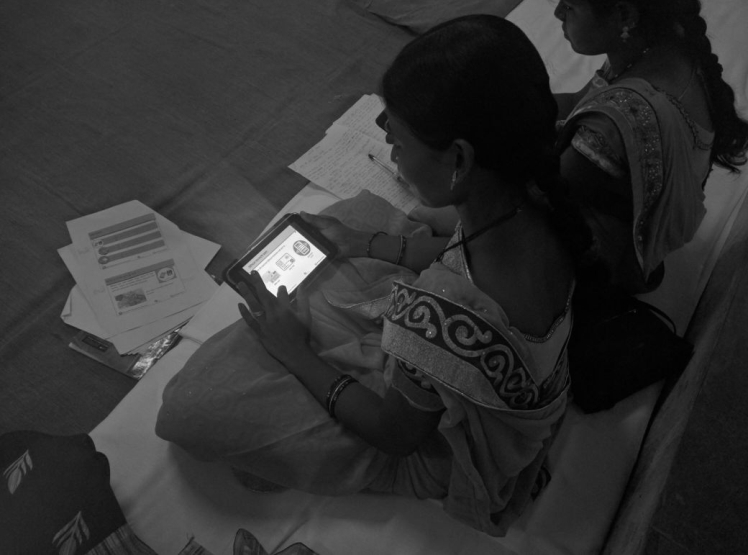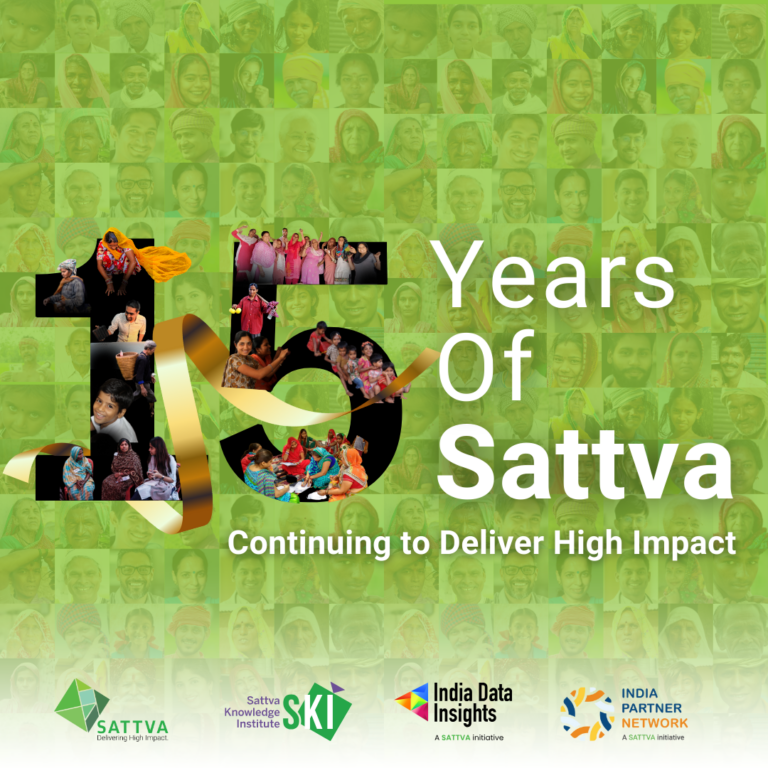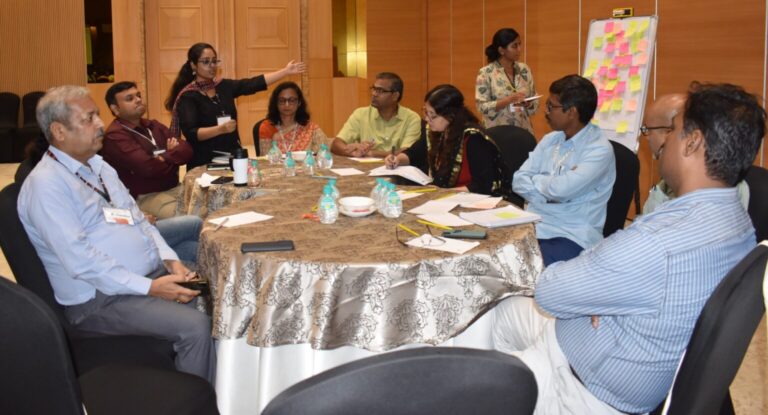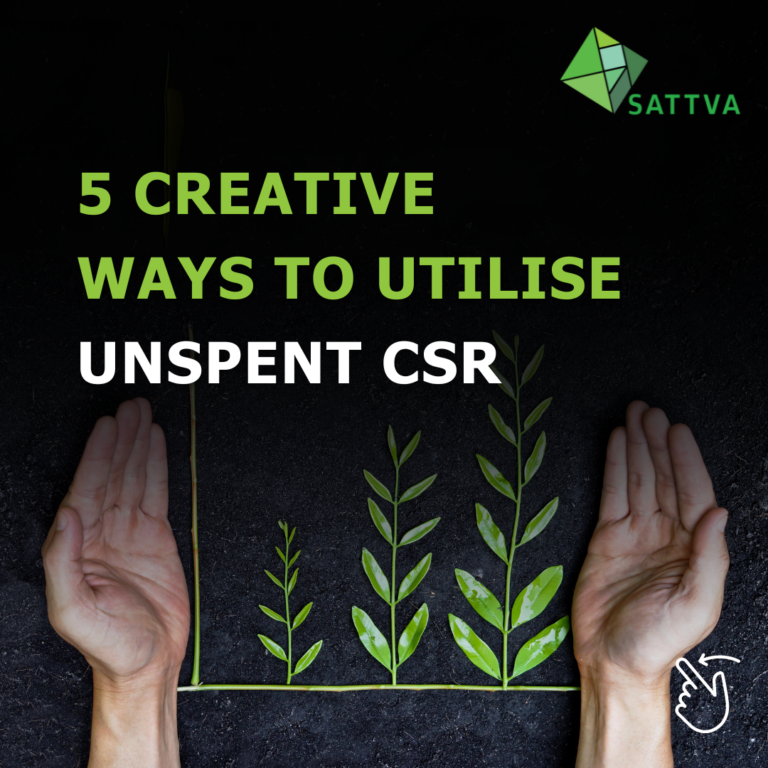Scaling Social Impact through Organisational Capacity Building
The discourse around social impact organisations, more often than not, includes the need to achieve scale. One side of the coin is the denominator or the scale at which the social problem exists, and the breadth that needs to be covered to solve the problem. The other side of the coin is the organisation’s capability – both in terms of quality and quantity – to achieve the requisite scale. Simply put, scaling up both programmes as well as organisations to achieve the desired impact in the ecosystem go hand-in-hand.
Non-profit leaders will concur that scale means different things to different organisations. It depends, among other things, on the problem they are trying to solve, the geographies where the problem persists, and the beneficiaries they are focusing on based on their theory of change. Accordingly, the pathways to scale differ as well. There can therefore be no cookie-cutter approach to scaling up for impact.
Sattva’s decade-long experience of engaging with non-profits of different sizes and maturity levels has however, helped us identify a key tenet – organisational capacity building – which when customised, can enable an organisation to become ‘scale up ready’. There are multiple components to this exercise, and our experience says that every non-profit that wishes to scale requires one or more of these.
Since the need of each organisation on its pathway to scale is unique, the solutions have to be customised as well. Programme and organisational diagnostics to understand the gaps that need filling, custom-made strategies to address the specific requirements of an organisation, and implementation support on an organisation’s scale-up journey are, therefore, all integral cogs for enabling an organisation to achieve the scale that is necessary to create the intended impact. While externalities like regulatory environment and availability of funding may limit the growth of organisations at times, organisational capacity building can help overcome some of the challenges associated with becoming ‘scale up ready’.
—————————————————————————————————————-
Sattva has been working with various non-profits and organisations to help them define their social impact goals and optimise their capacity building efforts. Our focus is to solve critical problems and find scalable solutions.
● To read more about our work, check: https://www.sattva.co.in/our-work/
● Talk to us: impact@sattva.co.in
